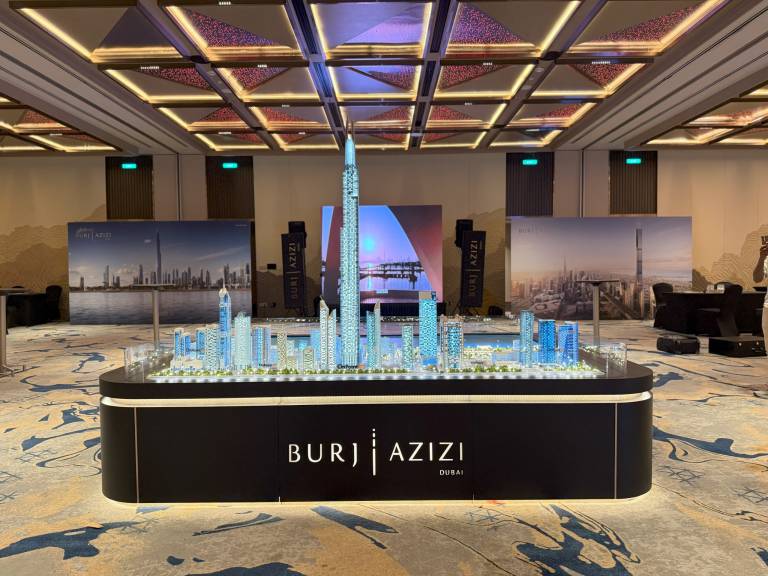
A model doesn’t get a second chance. The moment it’s placed in a room, whether on a boardroom table or behind museum glass, it has to do everything at once, hold its shape, tell its story, and survive curious fingers or years of still air.
This is where experience meets instinct. The best model makers in UAE don’t just choose materials, they read them.
Listening to What Materials Want to Be:
Some materials resist the shape they’re given. Others fall into it naturally. The art lies in knowing which ones to trust for the job. Foam may carve like butter but lacks presence. Acrylic holds a clean edge, but snap it wrong and you’ve got shards instead of structure. Wood speaks with grain and warmth, but it shifts with mood and moisture. The selection isn’t a list of pros and cons, it’s a quiet conversation with texture, memory, and time.
Models Aren’t Just Seen They’re Felt:
Realism doesn’t come from color alone. It comes from the way light clings to a rough wall or slides across a polished floor. Good model makers don’t settle for surface, they chase feeling. They sand, scorch, scratch, layer, and paint until a tiny rooftop feels sunbaked, or a miniature doorframe echoes the cool weight of metal. The right material doesn’t only show something, it convinces.
Strength Hides in the Details:
Durability is often thought of as toughness, but in model making, it’s knowing where stress lives. A model might sit still for most of its life, but the trip from studio to display can break it before it ever arrives. That’s why smart makers reinforce from within. A fragile staircase might be backed with brass wire. A landscape, hollow beneath, may hold a quiet armature of steel. Nothing flashy, just silent strength stitched beneath the surface.
Patina Over Perfection:
Perfectly clean models are easy to make. They’re also easy to forget. Realism comes with flaws, with time. That’s why some materials are chosen not for how they look today, but how they’ll age. Metal dulls, wood darkens, paints soften. Some model makers build with the future in mind, letting the materials carry the model into its own quiet story over the years.
Material selection isn’t a technical step, it’s part of the creative act. It’s about choosing not just what works, but what feels right, what lasts, and what brings the model quietly to life.